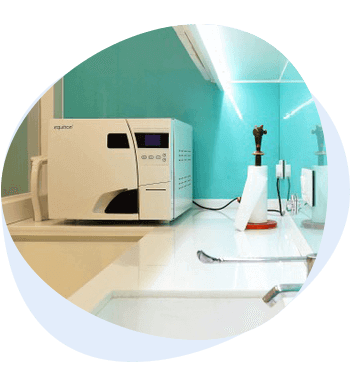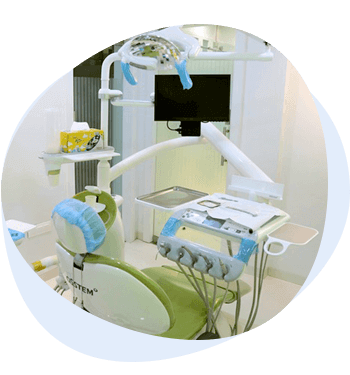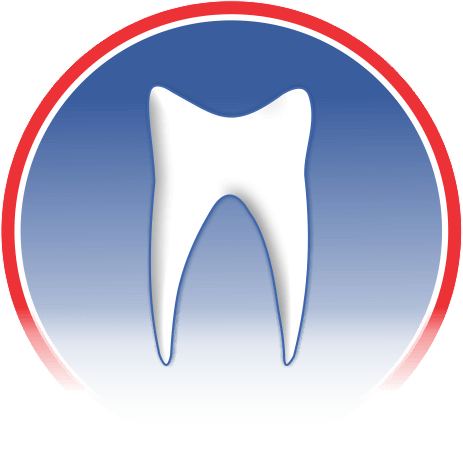Tooth Replacement
If you’re missing one or more teeth, you may be all too aware of their importance to your looks and dental health. Your teeth are designed to work together to help you chew, speak, and smile. When teeth are missing, it is difficult to do these things. Even the loss of a back tooth may cause your mouth to shift and your face to look older. Fortunately, missing teeth can be replaced. The following are three options your dentist may suggest, depending on your needs. Replacement teeth should last for years at a time, so it is important to choose a treatment that’s right for you.
If the tooth is not replaced, other teeth can drift out of position and change the bite. Shifting teeth can possibly lead to tooth decay and gum disease besides the inability to eat well

Many patients choose implants to replace a single tooth, several teeth, or to support a full set of dentures. Implants are posts that are surgically placed in the upper or lower jaw, where they function as a sturdy anchor for replacement teeth. They are made of titanium (a strong, lightweight metal) and other materials that are accepted by the human body.( See section on dental implants) Most patients find that an implant is secure and stable—a good replacement for their own tooth.


Another tooth replacement option is a fixed bridge. This is a restoration that fills the space where one or more teeth have been lost. A fixed bridge is bonded or cemented into place — only a dentist can remove it.
How is a bridge placed?
Placing a bridge usually takes more than one dental visit. On your first visit, your dentist prepares or shapes the teeth on either side of the gap. The bridge will later be attached to these teeth. Your dentist then takes an impression of the shaped teeth and the space and sends the impression to a dental laboratory. Technicians at the lab make the bridge out of metal, ceramics, glass-ceramics or a combination. Your dentist will place a temporary bridge to protect your exposed teeth while you are waiting for the permanent one. During one or more follow-up visits, the bridge is fitted, adjusted and cemented in place.
Advantages of fixed bridges :
- Look, feel and function like natural teeth
- Don’t require removal for cleaning
Disadvantages:
- Fixed bridges are unconservative which means the adjacent teeth are shaped to receive the bridge.
- May require extra effort to clean under the pontic


As its name describes, a removable partial denture can easily be taken out of the mouth for cleaning. Partial dentures usually have replacement teeth fixed to a plastic base that matches the color of your gums. The plastic base may cover a metal framework. Partial dentures often have some form of clasp that attaches to your natural teeth.
Your dentist may also recommend crowns, or “caps,” on your natural teeth. Crowns may improve the way a removable partial denture fits your mouth. Getting used to a removable partial denture It takes practice to put in and take out a removable partial denture. It may feel odd or tight for the first few weeks. But in time, you should get used to it. Never force it into place by biting down. This could bend or break the clasps.
Removable partial dentures should not be worn 24 hours a day. Your dentist may tell you to take out the partial denture at bedtime and put it back in when you wake up. Usually your dentist will make follow-up appointments to look for pressure points or sore spots. He or she will adjust your denture so it fits comfortably.
Over time, as you age and your mouth changes, your removable partial denture may no longer fit well. It also could break, crack or chip, or one of the teeth could loosen. Sometimes dentists can make the repairs, often on the same day. Complex repairs may take long.
Disadvantages :
- Can be less stable than other choices
- They can break or be lost
- Can be uncomfortable
- Some people are embarrassed to take out their teeth at night and for cleaning
- May need more frequent replacement than other options

Interactive Voice Assistant
Other Services
Patient Corner

Sachin Pilgaonkar
(Producer, Director, Actor)
It’s said that “smile is a curved line which puts everything straight” Thanks to Dr Sujit & Vijaya Bopardikar for keeping my smile intact 😄 Keep rocking

Purbi Joshi
(Actress) LA USA
The Bopardikar’s have been my dentist since I can remember and I have always admired their constant efforts to make their patients feel comfortable...

Rashmi Chakravarti
(Architect ) Mumbai
The Bopardikar’s have been my dentist since I can remember and I've been through a traumatic accident with a doctor's needle as a child and needles...
NEED A DENTAL APPOINTMENT ?
Call us at 022-26600235 / +91 9820222072 to request a callback. We do everything from teeth cleanings, teeth whitening, Invisalign clear braces, cosmetic dentistry, digital x-rays, and more. Check us out today!!


